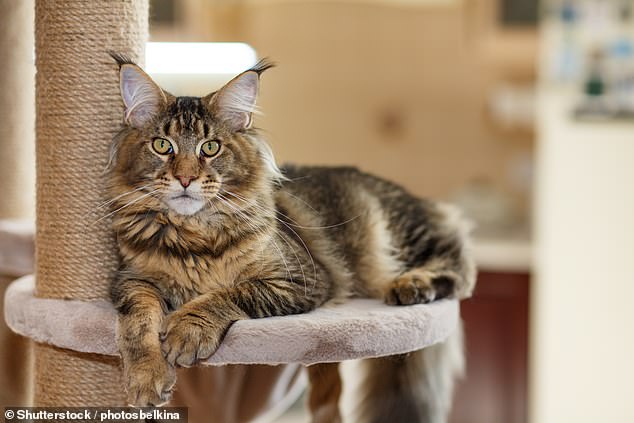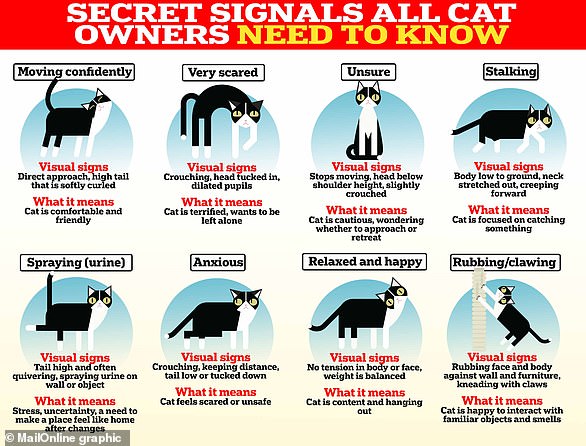When it comes to designer pets, dog breeds like Labradoodles, Puggles or Cockapoos may come to mind.
But several designer cats have also gained popularity in recent years, including Persians, Scottish Folds, and Maine Coons.
Their cartoonish features may look cute, but they also put many of these breeds at higher risk of health problems, according to the RSCPA.
Now the charity has revealed how the number of designer cats arriving at rescue centers has soared by up to 300 per cent since 2018, as owners struggle to care for their pets.
“We know that owners want their pets to be happy and healthy, and people may not realize that cats bred with exaggerated characteristics can have extremely serious health problems,” said Alice Potter, RSPCA feline welfare expert.
Several designer cats have also gained popularity in recent years, including Persians, Scottish Folds, and Maine Coons (pictured).
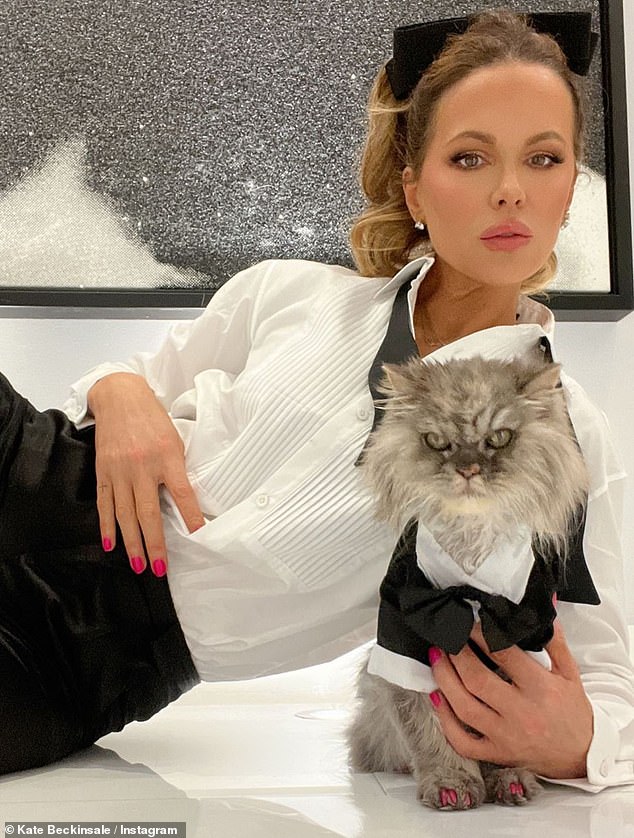
Popular flat-faced cat breeds include Persians, British Shorthairs, Himalayan Cats, Exotic Shorthairs, and Burmese. Kate Beckinsale is pictured with her Persian cat, Clive, who sadly died earlier this year.
Figures released by the RSPCA show that more designer and purebred cats are now being rescued than ever before.
The most common pedigree cat in the care of the RSPCA is the Persian cat, and the charity has seen a 92 per cent increase since 2018.
They are followed by the Ragdolls (61 percent increase), the Bengals (22 percent increase) and the Maine Coons, which have seen a whopping 300 percent increase in the last six years.
“In recent years we have seen an increase in the number of certain breeds of cats coming into our care as a result of ‘designer’ breeds becoming more popular with owners,” Ms Potter said.
‘Unfortunately, many of these cat breeds have exaggerated physical characteristics, some of which have become so extreme that they can cause pain and suffering.
“Some can make cats prone to certain disorders and others prevent them from behaving normally.
“Persian cats are bred to have ‘flat faces’, which often causes them to have brachycephaly, meaning they have difficulty breathing, sleeping and even giving birth.”
The new figures come as Matthew Vaughn’s new film Argylle, starring a Scottish Fold cat called Chip, hits cinemas.
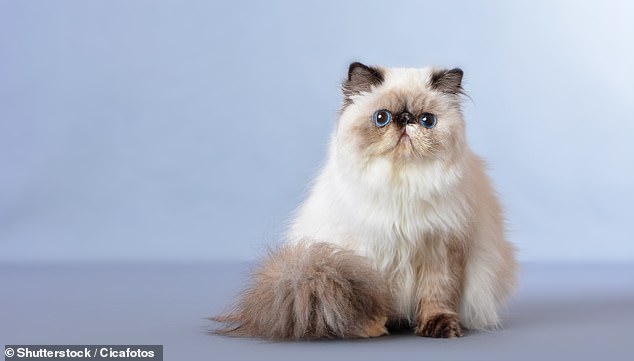
The most common pedigree cat in the care of the RSPCA is the Persian cat, and the charity has seen a 92 per cent increase since 2018.
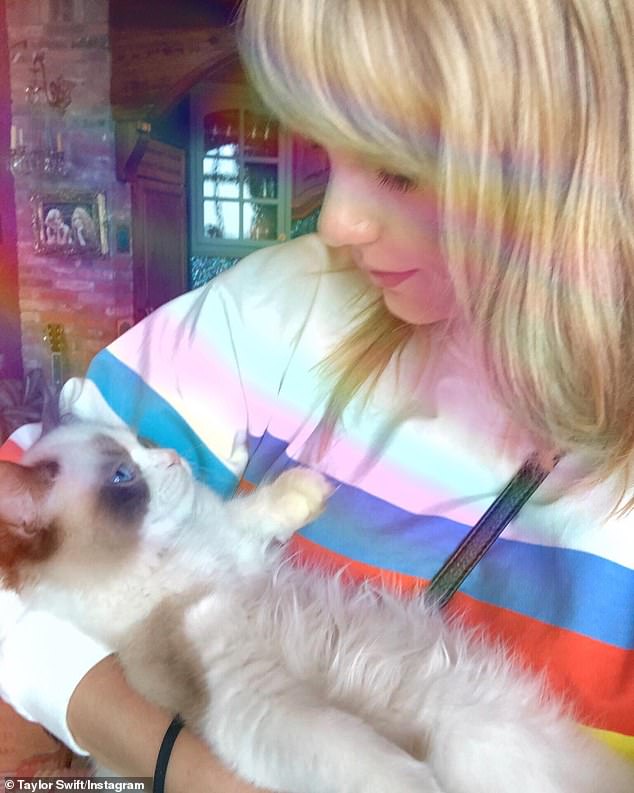
Figures released by the RSPCA show that more designer and purebred cats are now being rescued than ever before. Pictured: Taylor Swift with her Ragdoll cat, Benjamin.
Claudia Schiffer, Vaughn’s wife and Chip’s owner, even arrived on the red carpet with Chip in tow, sparking concerns from animal welfare charities.
“Scottish Fold cats, as featured in the new film Argylle, have a genetic disorder which causes them to have a severe and painful lameness,” Mrs Potter explained.
‘This is because the cartilage abnormality responsible for their distinctive folded ears also affects the joints, meaning they can develop painful arthritis, even from a young age.
“Although we have only had seven Scottish Fold cats in our care since 2018, we fear that this film could glamorize these cats and could be the latest breed to experience a boom in popularity, without people realizing the problems sometimes that these cats can have. face.’
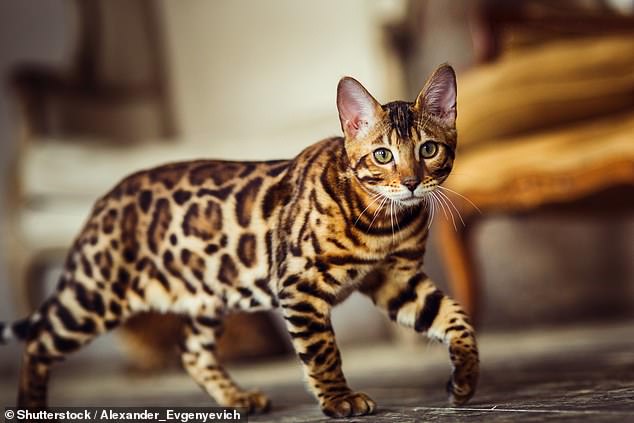
The number of Bengalis brought to RSCPA rescue centers has increased by 22 percent since 2018
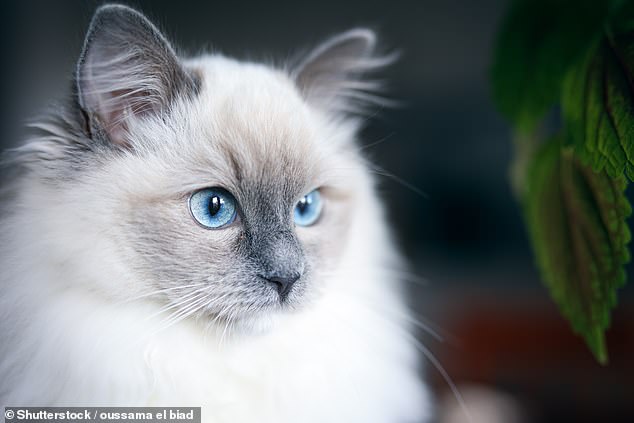
“In recent years we have seen an increase in the number of certain breeds of cats coming into our care as a result of ‘designer’ breeds becoming more popular with owners,” Ms Potter said. In the photo: a ragdoll cat
While the Scottish Government already has guidelines for designer cat breeders, the RSPCA is calling for similar guidelines to be issued in England and Wales.
Ms Potter added: “We firmly believe that all those who breed cats should prioritize health, welfare and temperament over appearance when choosing which animals to breed, in order to protect the welfare of both parents and offspring.
‘We would like breeders to do more to ensure they produce happy and healthy kittens.
“We encourage anyone looking to add a cat to their family to visit one of our centers and rescue a cat in need of a loving home.”

